AUVERGNE
History

History
Popular destinations FRANCE
| Alsace | Ardeche | Auvergne |
| Brittany | Burgundy | Cevennes |
| Corsica | Cote d'azur | Dordogne |
| Jura | Languedoc-roussillon | Loire valley |
| Lot | Normandy | Picardy |
| Provence |
History
Prehistory
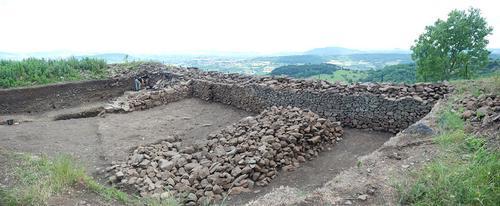
The many edited stones prove that the Massif Central has been inhabited for more than 14,000 years. From 7500 BC. people settled in these regions as cattle ranchers and farmers and the first crafts arose in the Bronze and Iron Ages.
From the 7th century BC. Celtic Indo-Germanic tribes moved to the Massif Central, including the Arverni, who became one of the most powerful tribes in the area. The capital was called Gergovia at the time.
Roman rule
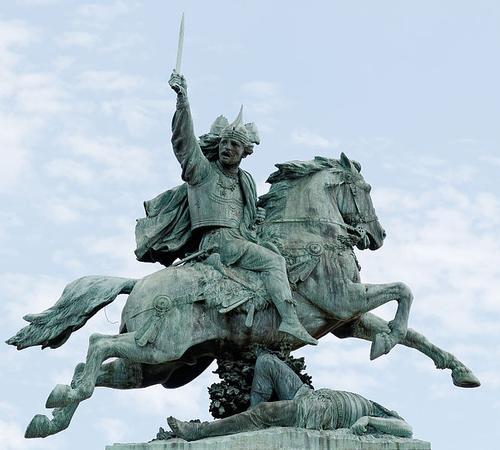
Arverni area belonged to the province of Aquitania during Roman rule. In 121 BC. the king of the Averni, Bituitus, rebelled against the Roman troops of Fabius Maximus. The warriors of Bituitus were defeated, but the waiting was only for the next revolt of the Averni.
This was to be led by King Vercingetorix, who made a pact with the Gabales and the Cadurci and managed to capture the capital Gergovia. take. Even the famous Caesar was unable to dislodge the Vercingetorix, who even dared to attack Caesar's army. However, this was a bit too optimistic and Vercingetorix was forced to flee and withdraw to the city of Alesia (present-day Alise in Burgundy). The city was then besieged and Vercingetorix eventually surrendered to the Romans, who killed it in 46 BC. This soon brought an end to the Averni independence efforts, Roman culture flourished and Lyons developed as the most important city in the region.
Christians and Franks
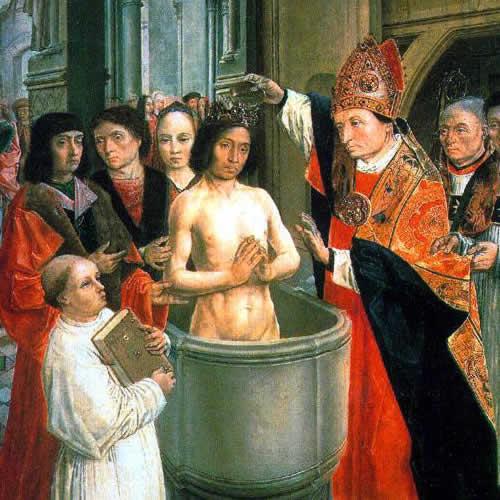
From the fall of the Western Roman Empire in 476 AD. the Catholic Church gained more and more influence in and around Auvergne. That influence had already begun with the Edict of Milan in 313, in which the Romans granted the inhabitants of France freedom of religion and ended the bloody persecution of Christians. Big names of that period were Dionysius, Gregory of Tours, Austermonius, Nectarius, and later Genesius and Florus.
As the Romans lost more and more power, other peoples had the opportunity to manifest themselves in Gaul. The very violent Alemanni and the Visigoths in particular seized their chance. The Visigoths even founded a kingdom in the area, but were soon expelled by the Franks leader Clovis (481-511) of the Merovingian dynasty. He became the founder of the Frankish Empire, which at that time covered almost all of France. By being Christianized, he received the indispensable support of the powerful bishops.
After the death of Clovis, his empire was divided into three areas: Austrasia, Neustria and Burgundy. The Austrasian lineage of the Anulfingen, whose individual members often refer to each other as Carolus (Charles), are increasingly prominent, especially when the Carolingian Charles Martel managed to defeat the advancing Islamic Saracens. Under his successor Charlemagne (Carolus Magnus), a very powerful empire even arose.
After the death of Charlemagne, his empire fell apart and fell into the hands of several powerful feudal rulers. The Auvergne was an exception to this. This isolated region became prey to a number of powerful castle lords, including those of Chastel Marbac, Polignac, Mercoeur, Carlat and La Tour d'Auvergne.
Crusades and Hundred Years War
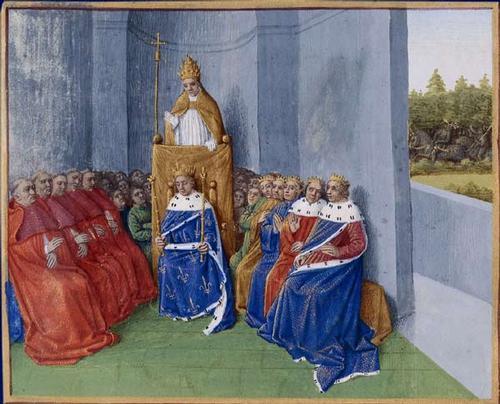
At a council in Clermont-Ferrand in 1095, Pope Urban II called on the faithful to go to war against the infidels in the Holy Land. He wanted to help the Christians in the East and thus restore unity in the church. In the period 1096-1099 the first crusade started and many poor people from the Auvergne saw hone chance and went to battle with many knights led by the bishop of Le Puy, Adhemer of Monteil. A pleasant side effect was that the small wars and internal conflict between the various rulers in France were over for a while. The Auvergne also experienced a period of relative peace in the 11th and 12th centuries, in which only the abbeys and monasteries were able to fortify themselves.
In France, the 14th century was dominated by the plague and a war between France and England. The plague took hold of all of France and the nobility did not escape it either. Declining revenues forced them to fill their treasuries with looting tactics.
Added to this was a loan dispute between Philip VI, the first Valois king, and Edward III of England would get terribly out of control. Philip confiscated the Duchy of Aquitaine, of which Edward thought he owned the property rights. Edward then crossed the Channel with a large army. Moreover, he not only wanted to conquer Aquitaine, but immediately asserted his claims to the entire French territory. Ultimately, this conflict would develop into the Hundred Years' War, in which many Auvergne fiefdoms sided with the English purely out of self-interest.
In 1360 a provisional peace treaty was signed, the Treaty of Brétigny. Edward III renounced his claims to the French throne and Jan II, imprisoned by the English, was released. However, the peace did not last long and Charles V again conquered a large part of the English territory in France. After the death of Charles V, France fell into the hands of Charles VI and England into the hands of Richard II, both still children.
In the 15th century, some decisive uprisings took place in the Auvergne. The Bourbons took the north of Auvergne, and on the plateaus of Auvergne, resistance raged against the French king. In 1435 the battle came to an end and the royal houses of Valois and Bourbon developed.
Protestantism and French Revolution
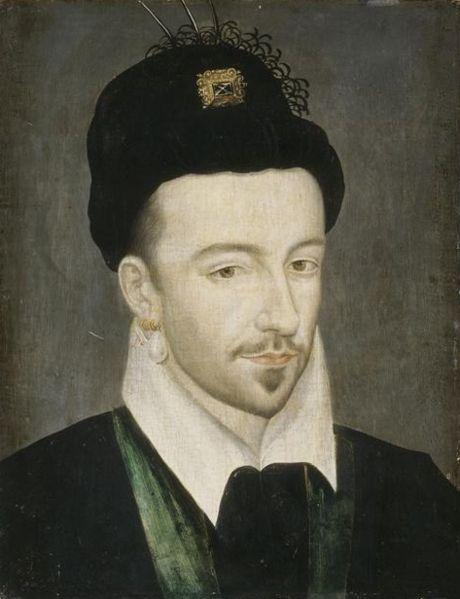
The second half of the 16th century was dominated by a total of eight 'Wars of Religion', after the start of the Reformation in Germany by Luther. The French state was suddenly split into a Catholic and a Protestant (Calvinist) part. Protestantism found a strong resonance among the nobility and the wealthy citizens, who thereby strengthened their resistance against the ever-expanding power of the state.
The Calvinists or Huguenots, however, had a very hard time in the wars of religion. Under the reign of Henry III, a true massacre of the Huguenots was held (including during the infamous St. Bartholomew's Day in Paris). Henry III was succeeded by Henry of Navarre IV, who became a Protestant Catholic and thus Paris won over. He also introduced the Edict of Nantes in 1569, which meant that freedom of religion was introduced. The Huguenots could now also develop in freedom and even found (fortified) cities. Unfortunately, that did not last too long because in 1610 Henry IV was murdered and the war of religion flared up again in all its intensity. Auvergne was half Catholic and half Protestant at the time. In 1629, the Peace of Alès stipulated that the Huguenots were allowed to practice their religion, but no longer had the right to their fortified cities.
The French Revolution in 1789 naturally had a great influence on France and the rest of Europe, but in the Auvergne and the surrounding area it remained fairly quiet. It was still important that the industrialists of Lyon remained royalist and against the central authority. After this, Lyon was besieged by revolutionaries for months. Lyon lost the battle and became a so-called "commune affranchie", a liberated municipality.
19th century
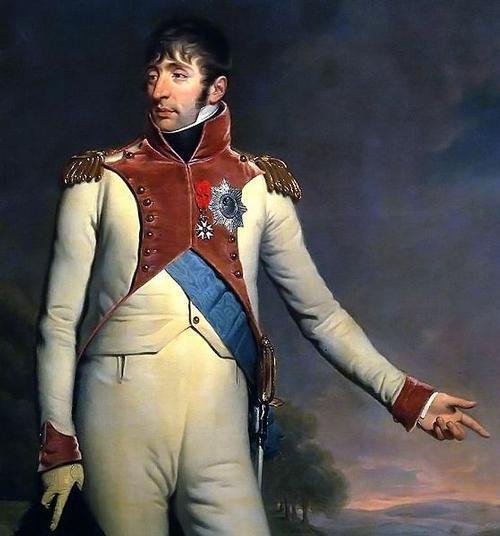
After the fall of Napoleon, the kingship was restored by Louis XVIII and the nobility and clergy gained much more power again. In 1824 the moderate Louis handed over power to the reactionary Charles X, after which the problems started again between the citizens and the nobility. After the July Revolution of 1830, Charles fled and Louis-Philip of Orléans came to the throne. In the European revolution year 1848, this rule came to an end and he was succeeded by the president (1848-1852, Second Republic) and the later Emperor Louis Napoleon Bonaparte III (1852-1870, Second KeEmpire).
In 1870, the short-lived Franco-Prussian War broke out, in which the French suffered a very severe defeat. In 1871 peace was signed with Germany and the Third Republic was proclaimed. During this time, middle class groups gained increasing power at the expense of the nobility and the wealthy bourgeoisie. From 1900 to 1914, it is called "La Belle Epoque", a time when France prospered economically, socially and culturally. The outbreak of the First World War brought this to a sudden end. The war in France was concentrated on and behind the French northern border through trench warfare. After the interference of the United States in 1917, things moved quickly and the dispute was settled in favor of the Allies.
France came out of the war reasonably because it now came into permanent possession of Alsace-Lorraine. In the 1930s, an economic world crisis broke out that did not leave France unaffected either. It was not until 1938 that the economic situation improved in France.
World War II
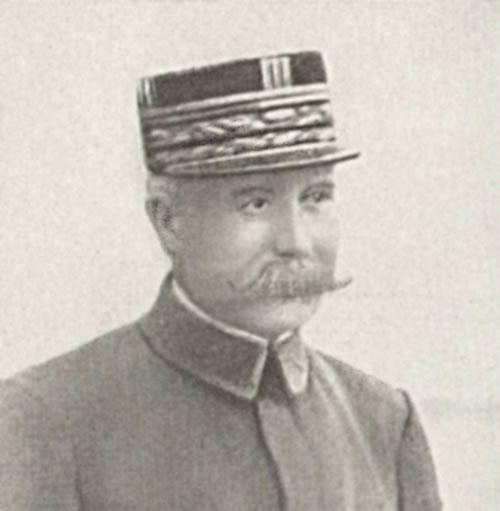
During the Second World War (1939-1945), France was largely occupied by the Germans. The unoccupied part, including the Auvergne, belonged to the quasi-independent collaborationist Vichy France of General Pétain. Yet there was also talk of partisan resistance (maquis) in the Auvergne. Famous was the Battle of Mont Mouchet, where 3000 maquisards managed to push the Germans back. On May 7, 1945, the unconditional surrender of Germany was signed in Reims. Auvergne had already been liberated in 1944.
After the Second World War
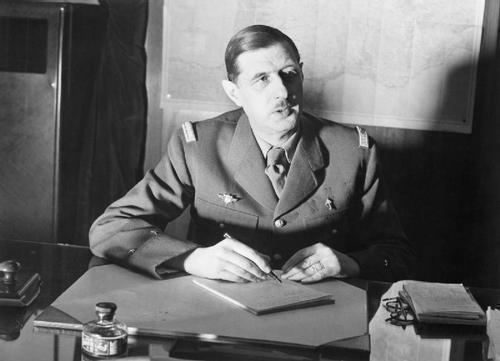
When the Fourth Republic was launched after the Second War, Charles de Gaulle, in World War II the leader of the 'Free French', got hooked because the president was given too few powers.
The Algerian crisis nevertheless brought him to power, putting an end to the Fourth Republic and himself determining the shape of the Fifth Republic. In 1969 De Gaulle stepped down after some of his proposals were voted down by referendum. Main points were the reform of the Senate and a new regional division of France. After De Gaulle, Georges Pompidou (until 1974), Valéry Giscard d'Estaing (until 1981), François Mitterand (until 1995) and Jacques Chirac (1995-) became president. The rise of the far-right National Front party in the 1980s and 1990s caused a lot of political unrest in France. The southern part of Auvergne, in particular, was not sensitive to the extreme ideas of this party over the years.
In the 1970s, the regions, including Auvergne, got more to say and there was more room for their own language. and the local culture. Meanwhile, rural exodus continued, but Auvergne retained much of its culture and traditions.
Since May 16, 2007, Nicolas Sarkozy has been president. The president has relatively great power, because he is head of state and government leader. In October 2008, the magnitude of the credit crunch becomes noticeable and in February 2009 the government is pumping billions into the economy. In March 2010, the governing parties suffered a major loss in regional elections. In June 2010, the government announced drastic cuts to reduce government debt.
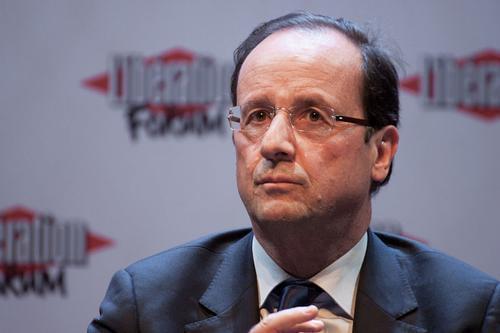
In May 2012, the socialist Francois Hollande will become the new president of France. In 2013 France will send an intervention force to the former colony of Mali. In March 2014, Manuel Valls becomes the new prime minister, after a rise of the National Front. Also in the European elections in May, the front wins nationally.
2015 was dominated by terrorist attacks on French soil by the Islamic State. In January 17 victims fell, mostly employees of the satirical magazine Charlie Hebdo. In November, 130 people were killed in various attacks in Paris. In February 2016, the clearing of the "jungle" of Calais, a large camp with illegal immigrants who want to make the crossing to Great Britain, begins. On July 14, 2016, Islamic State strikesAgain, a truck crashes into a crowd on National Day killing more than 80 people. In May 2017, center candidate Emaunuel Macron wins the French presidential election of the ultra-right Marine Le Pen. His La Republique en Marche movement then won the absolute majority in parliamentary elections in June.
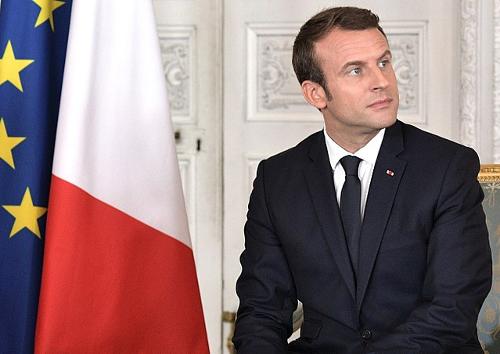
Emmanuel Macron, 25th President of FrancePhoto: Kremlin.ru CC 4.0 International no changes made
At the end of 2018, large national "yellow vests" protests against attempts to curb the use of fossil fuels through price increases that become violent, prompting adjustments by the government. The protests will continue in 2019. In July 2020, President Macron appoints Jean Castex as prime minister, after Edouard Philippe resigned after a bad result for the ruling La République En Marche! party to local elections. In Conflans-Sainte-Honorine, a suburb to the northwest of Paris, a history teacher who recently showed caricatures of the prophet Mohammed was beheaded in the street. The eighteen-year-old Chechen perpetrator was shot by police.
2021 and early 2022 will be marked by the upcoming elections in which Macron will face Valérie Pécresse of Les Républicains, Marine Le Pen of Rassemblement National and Éric Zemmour of Reconquête, among others. Emmanuel Macron wins French presidential election in April 2022. This will allow him to begin a second five-year term in office.
Sources
Graaf, G. de / Auvergne, Ardèche
ANWB
Strijbos, E. / Auvergne, Ardèche, Lyon, Beaujolais
Gottmer/Becht
CIA - World Factbook
BBC - Country Profiles
Copyright: Team The World of Info